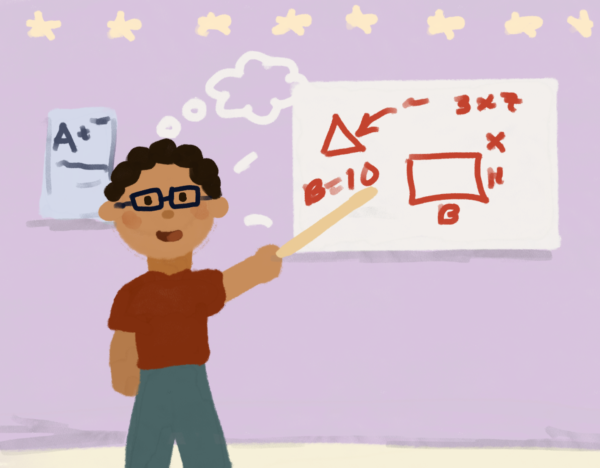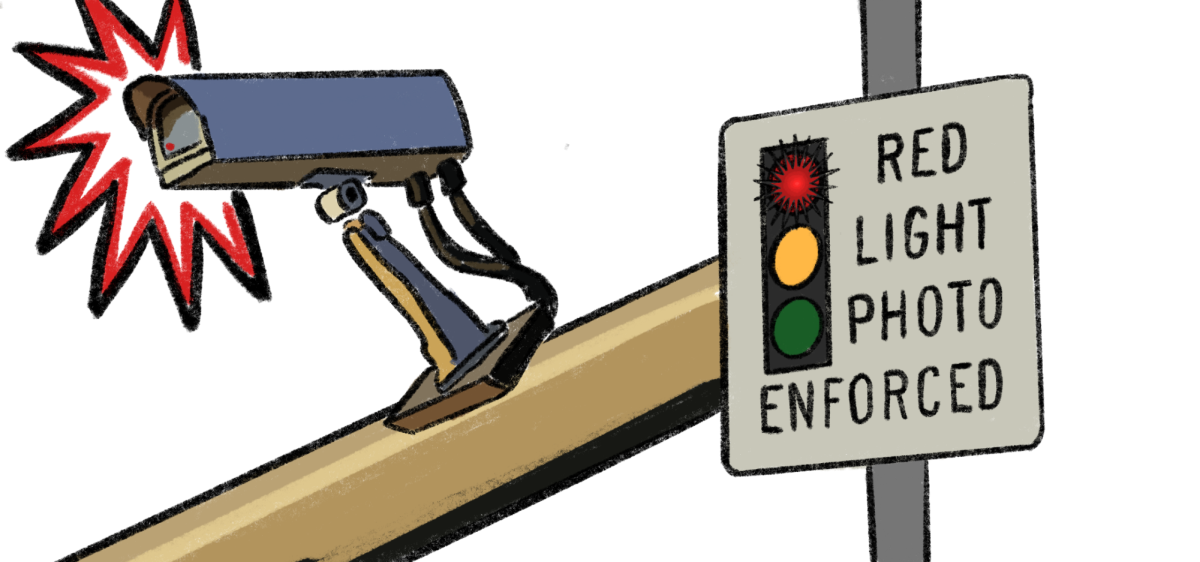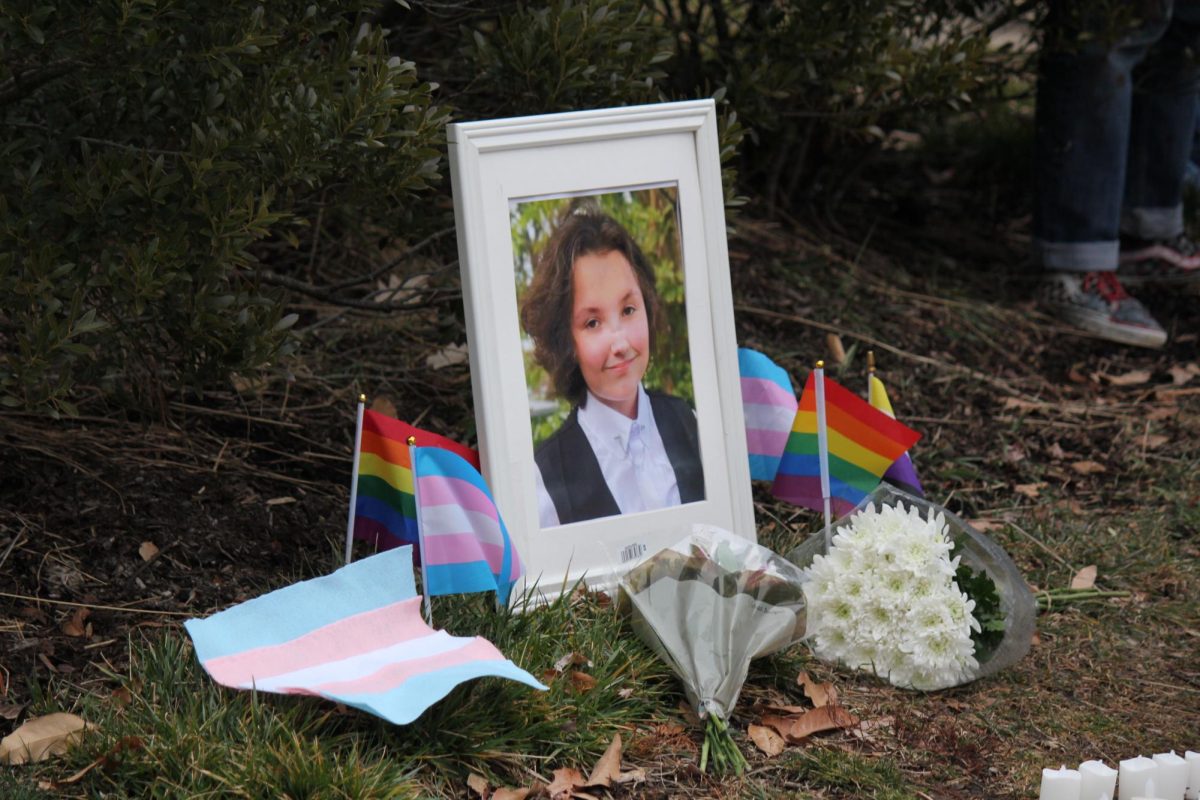
During a School Board meeting that took place February 1, the Curriculum Committee presented the Problem-Based Learning (PBL) approach. The research used as support for the implementation of the proposal concluded that this approach boosted advanced placement pass rates and test scores in science.
According to the Buck Institute for Education’s PBLWorks, “PBL is a teaching method in which students learn by actively engaging in real-world and personally meaningful projects.” Through this process, students are encouraged to develop skills for success, understanding, and key knowledge.
A year ago, the district transitioned from a K-5, 6-8 model to a K-4, 5-8 model as part of LMSD’s Strategic Plan. Assistant Superintendent, Dr. Alexis McGloin, explains that “part of [this] transition was to re-imagine elementary K-4 instruction,” In this “re-imagination”, the district was able to ask themselves, “If we just had a blank slate, and we were going to start a program, what is the best that we could do for students K-4?” One of the answers to this question was the creation of a PBL curriculum.
Imagined and created by a large group of teachers, administrators, special educators, and specialists, the Director of Elementary Education, Dr. Jennifer Gaudioso, says that the PBL curriculum is designed to foster “wonder and inquiry” and “move beyond the curriculum” in order for students to have “real world experiences.” Rather than presenting students with information, and then assigning a project or product for them to create, PBL is meant to engage students “with a real world problem”, referred to as an “inquiry problem,” that, as they go through a unit, “they could feel like they were a part of solving.” With science classes being their “launch point” for this change, McGloin explains that “one PBL per grade level” was already implemented last year, and the district plans to add on to this over time.
Despite implementing a new method of teaching material, the district will still be teaching “the core curriculum and aligning to the standards.” Guadioso acknowledges that this is an “intricate balance,” but through incorporating PBL, the inquiry portion of the curriculum will encourage students to pursue the information and knowledge needed to help them solve a problem. She hypothesizes that, in many cases, students may end up learning even more than the required “knowledge” as they conduct independent research.
In order to make this process concrete, The Curriculum Committee broke down PBL into four steps: “Entry Event, Research and Exploration, Create, and Share.”
“Entry Events” are experiences at the beginning of a unit that are meant to hook students, creating curiosity. The district has begun to form relationships with community organizations, which they refer to as “residencies.” Field trips to these residencies are one form of an entry event that students will participate in at the beginning of a PBL unit. Gaudioso explained that the organizations selected will be directly related to the curriculum of a unit and will be an opportunity for the students to “go and have this experience out in the world, and from there generate a lot of questions and inquiry” about the unit they are about to begin. Fourth graders visited a creek at one of these residencies, Lower Merion Conservancy, as an entry event for one of their units in their science class. Third graders went to the Waterworks, and Kindergarteners did an entry event involving butterflies.
“Research and Exploration” will be a largely student-led aspect of each unit that encourages them to explore online databases, expert opinions, and books to learn more about a topic. A part of the current curriculum that exemplifies this aspect of PBL is the ecosystem-in-a-bottle that elementary students build to learn about and observe.
The “Create” step of PBL involves hands-on projects to further the students’ learning. For example, the Curriculum Committee suggested the use of models, posters, public service announcements, presentations, and videos. Part of this step will involve student choice in deciding the most effective way to demonstrate their information to their communities. This step is heavily involved with the “share” step.
The main idea of the final step, “Share”, as described by McGloin is to “share with the community.” Because students are tackling “real-world problems,” sharing their work with the community enhances “that real world connection.” Guadioso added that sharing with the community “can look a lot of different ways.” It could be a “presentation to someone else, or having your voice out there in something like a public service announcement.”
With the implementation of PBL, McGloin is excited for the integration across disciplines, and the benefits that this will have for students. PBL is described as “transdisciplinary,” meaning that students will tackle problems and projects that require them to use skills and knowledge from multiple disciplines. McGloin states,, “How everything functions and works together is really important.” Guadioso also comments that she looks forward to seeing less passive learning and more internal learning, leading to student engagement and excitement.
McGloin adds that contributing to the creation of this new program has been one of “the most rewarding experiences she’s had as an educator,” as it’s truly a decision centered around what type of learning works best for students. Guadioso explained that the people who developed the plan considered what “organizational and executive functioning skills kids will need to be successful” and created the program to “teach into those skills.” With these changes in mind, the district hopes to see widespread benefits for their students over the next few years.





